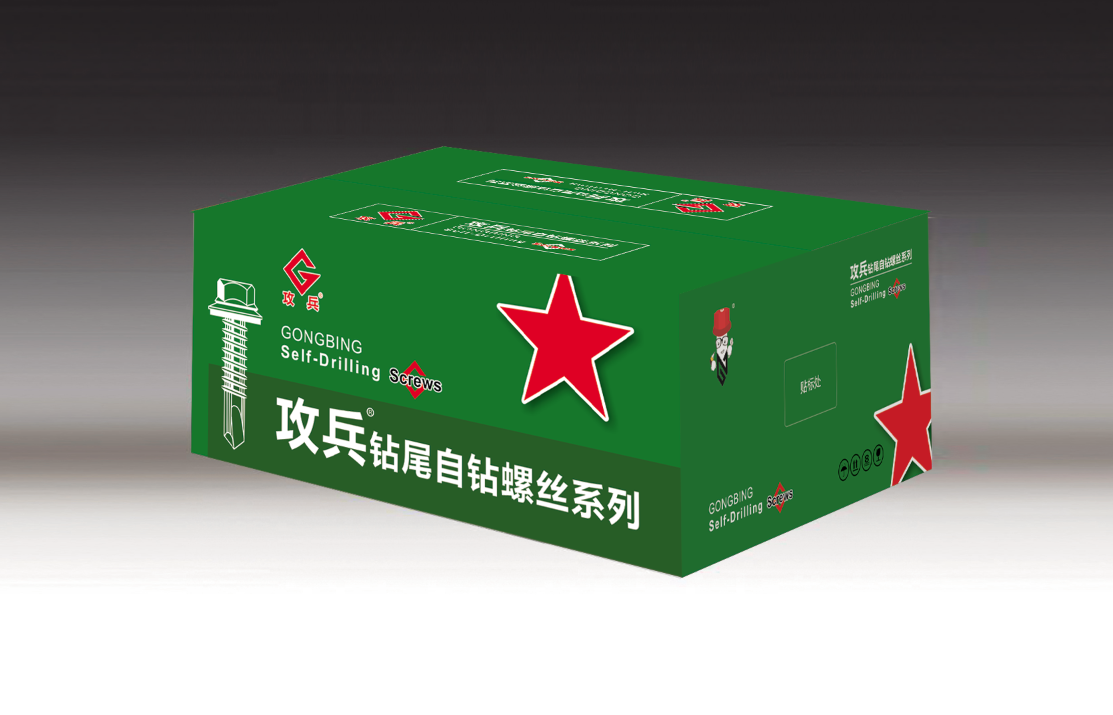Different Varieties of Self-Drilling Screws for Various Applications and Projects
Types of Self-Drilling Screws
Self-drilling screws are a vital component in the construction, automotive, and manufacturing industries, known for their efficiency and time-saving properties. Unlike traditional screws that require pre-drilled holes, self-drilling screws have a drill point that allows them to create their hole as they are screwed in. This unique design simplifies assembly and enhances productivity, making them a preferred choice for many applications. This article will explore the various types of self-drilling screws, their features, and their specific uses.
1. Self-Drilling Screws with Zinc Coating
One of the most common types of self-drilling screws is those coated with zinc. The zinc coating provides corrosion resistance, making these screws ideal for outdoor applications where exposure to moisture is likely. Typically used in constructing metal structures, fences, roofing, and siding, zinc-coated self-drilling screws ensure durability and longevity in various weather conditions.
2. Stainless Steel Self-Drilling Screws
For projects that require optimal resistance to corrosion and rust, stainless steel self-drilling screws are the best choice. These screws are capable of withstanding harsh environments, including coastal areas, chemical plants, and industrial settings. They provide superior strength and aesthetic appeal, making them suitable for exposed applications, such as architectural elements and outdoor furniture.
3. Self-Drilling Screws for Wood
Self-drilling screws specifically designed for wood have a sharper point and deeper threads, which allow for easier penetration and maximum holding power. These screws are often used in construction, woodworking, and carpentry applications. The design helps to prevent splitting in the wood while ensuring a secure hold, making them perfect for decks, fences, and other wooden structures.
4. Self-Drilling Screws with Hex Head
types of self drilling screws

Hex head self-drilling screws provide a larger bearing surface and are easier to tighten when using a wrench. Their design enhances torque application, reducing the risk of stripping the head. These screws are commonly used in metal-to-metal connections and in applications requiring high tensile strength, such as in machinery assembly and HVAC installations.
5. Pan Head Self-Drilling Screws
The pan head self-drilling screws feature a slightly rounded head, allowing for a flush fit on various surfaces. This type is often used in applications where aesthetics are important, as they can provide a cleaner look. They are extensively used in sheet metal applications and for fastening thin panels to frameworks, ensuring a low-profile attachment.
6. Self-Drilling Screws with Flat Head
Flat head self-drilling screws are designed to sit flush with the surface when installed. This feature is essential in applications where a smooth finish is necessary, such as in cabinetry or siding. They are versatile and commonly used in both metal and wood applications, providing a secure and aesthetic fastening solution.
7. Self-Drilling Screws with Special Coatings
In addition to zinc and stainless steel, self-drilling screws may come with a variety of specialized coatings, such as polymer or epoxy, which offer additional protection against corrosion and wear. These screws are perfect for specialized applications requiring enhanced durability, such as marine environments or in chemical plants.
Conclusion
Self-drilling screws offer a versatile solution for a broad range of construction and assembly needs. Understanding the various types, from those suitable for wood to specialized coatings for harsh environments, can help in selecting the right fastener for your project. With their ability to save time and streamline processes, self-drilling screws remain indispensable tools across multiple industries. The right choice can significantly impact the efficiency and durability of your construction efforts, making it essential to consider the specific requirements of your project when selecting these fasteners.
-
Weatherproof Plastic Expansion Anchors for OutdoorNewsJun.06,2025
-
Sustainability in the Supply Chain: Eco-Friendly TEK Screws ProductionNewsJun.06,2025
-
Load-Bearing Capacity of External Insulation FixingsNewsJun.06,2025
-
Double Head Bolts: Enhancing Efficiency in Industrial MachineryNewsJun.06,2025
-
Corrosion Resistance in Chipboard Screws: Coatings for Wholesale DurabilityNewsJun.06,2025
-
Butterfly Toggle Bolts : Enhancing Structural ResilienceNewsJun.06,2025
